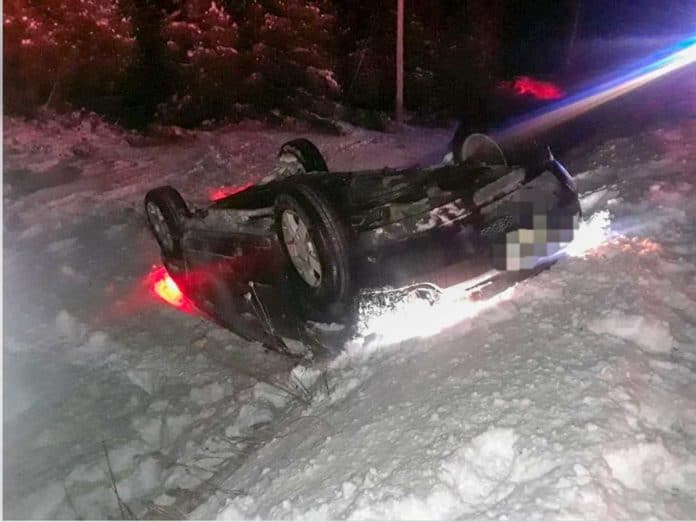Bone marrow donor sought
New donor process less invasive, no hospital stay required
BIRCH ISLAND – Tristan McGregor was looking forward to starting his electrician’s apprenticeship this past September. The 22-year-old Whitefish River First Nation member was ready to embark upon a solid career when a health disaster struck.
“It was a couple of weeks before he was to start, he was sleeping constantly, he began to have no energy,” said his mother Anita McGregor. “He couldn’t even walk up the stairs. He had shortness of breath, his chest was very constricted.”
The tests came back confirming a diagnosis of leukemia, a group of cancers of the blood cells. It begins in the bone marrow where the blood cells are produced. White blood cells in the body function to fight against infections, red blood cells transport oxygen throughout the whole body and platelets contain clotting factors to assist in blood coagulation in case of injury. With leukemia, there is an extremely high amount of abnormal white blood cells that grow faster and do not stop growing. In time, those abnormal cells (also known as leukemia cells or blasts) crowd out normal blood cells, bringing with them issues such as anemia, infections and bleeding.
Without a suitable donor being found, Mr. McGregor faces a daunting two-year regime of chemotherapy. While at the moment he is in remission, doctors do not recommend Mr. McGregor work while he is dealing with this health issue, placing his hopes and dreams on hold.
That hold will be substantially shorter and his prognosis much improved if a bone marrow stem cell donor can be found. “Three months to six months,” said Ms. McGregor. “Three months just to see if his bone marrow accepts and starts reproducing good cells and his body accepts the transplant with no complications.”
Bone marrow donation was once an intrusive procedure—the donor would have the bone marrow extracted from their hip bones (where bone marrow is plentiful) but since around the year 2000 and the discovery of stem cell therapy, the process has become much simpler and less intrusive.
According to Dr. Kareem Jamani, an oncologist with the Alberta Health Service, the process these days is analogous to donating blood—quite literally. The donor is given medication that encourages blood marrow stem cells to migrate into the bloodstream from where it is taken intravenously and placed in a type of medical centrifuge. “It is really quite good at separating out the various components in the donor’s blood,” he explained. “The stem cells are removed from the donor’s blood and then that blood is transferred back to the donor.”
The donor may feel a bit achy before the transfusion, but in a couple of days the donor is usually right back to feeling their old selves.
There are two sets of five HLA (human luekocyte antigen) proteins contained in the immune system, one set coming from the mother and another one from the father. The aim of the process is to harvest at least two copies of the five.
The historical preponderance of donors from those of Western European and/or Caucasian descent means that there is a greater likelihood of a match for patients in those groups, but that does not preclude finding a match in other genomes.
“A good study by the New England Journal of Medicine showed that chances of a match were about 80 percent for donors coming from those groups, for other groups that drops off considerably, down to 50 percent,” said Dr. Jamani. “We need a greater diversity of samples in our registry to better reflect the diversity in our communities.”
While the donor for Mr. McGregor does not need to be of Indigenous descent, such a donor would have a greater likelihood of providing a match. But greater participation in the donor program by individuals of Indigenous background will go a long way toward creating a better balance in the nation’s registry and will assist people like Mr. McGregor find donors faster.
Unlike organ donation, the stem cell donations are totally replaceable as the human body creates new cells to replace those that have been harvested. “Really, in just a couple of weeks everything is completely back to normal for a healthy donor,” said Dr. Jamani.
Ms. McGregor has requested that The Expositor reach out to the community to ask potential donors to step forward and help save a life. To learn more about donating contact Canadian Blood Services at blood.ca/en/stemcells/donating-stemcells/stemcell-eligibility-and-registration.




